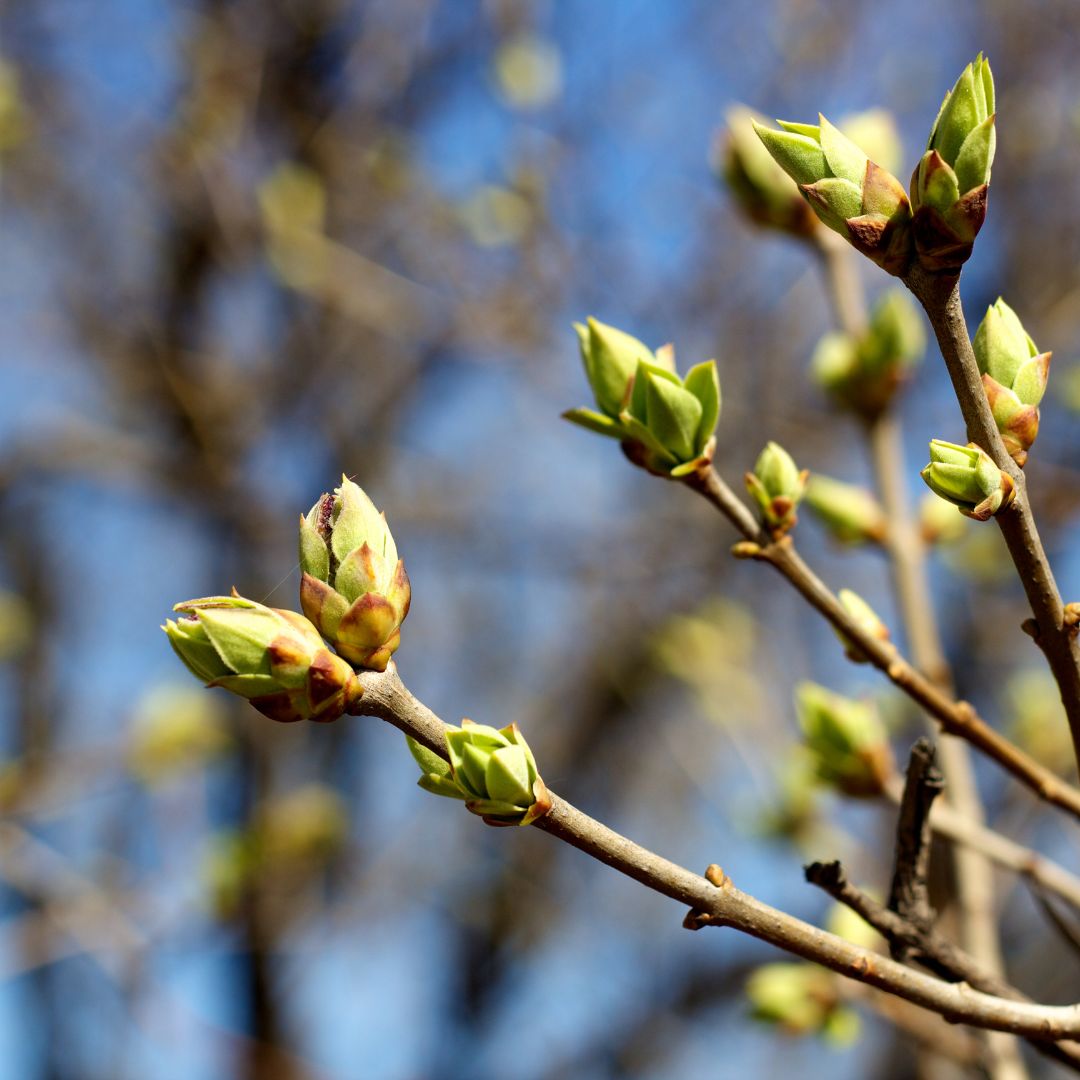
April Gardening To-Do’s
April is here! There are signs of spring popping up everywhere you look. Early bulbs have emerged, trees are showing new buds, and perennials are
This is a huge tree growing to 60 feet tall and 60 to 70 feet wide. The dense, rounded canopy and gracefully drooping branches of Weeping Fig made it quite popular as a landscape tree until recently. The thick, shiny, 2-5″ long evergreen leaves generously clothe the long branches, and the tiny figs eventually turn a deep red. There are over 600 species of Ficus, most of them are tropical and evergreen, although some are deciduous, most notably F. carica – the common fig. Ficus produces a unique “fruit” which is actually an inverted flower. Not all ficus produce edible fruit. It is one of the most loved bonsai and is an excellent tree for beginners because most species are fast growers, tolerant of most any soil and light conditions, and, perhaps most importantly, are remarkably forgiving of those just learning bonsai watering techniques.
Lighting: Most will grow decently in low light but thrive in high light conditions.
Temperature: Carica and most Ficus are tropical. They require temps above 55 degrees Fahrenheit. An excellent choice for an indoor bonsai. Indoor Ficus appreciate being brought outdoors during the summer. Does not like draughts.
Watering: Water moderately, increasing in summer and decreasing in winter. Many ficus are very tolerant of being over- or under-watered, which makes them ideal for beginners. They like a daily misting to maintain humidity.
Feeding: Every two weeks during growth and every 4-6 weeks in the winter. Use a half-strength plant food or a bonsai fertilizer.
Pruning & Wiring: Ficus are suitable for most styles of bonsai but are especially suitable for styles which make use of their property of extensive rootings, such as air-root and root-over-rock styles. These plants can be used for all sizes of bonsai, although, the small-leaved species make the best miniature bonsai. Ficus can be wired but become quite stiff when lignified, thus are best wired while the shoots are a bit green. Watch carefully to see that the wire doesn’t bite in, as Ficus is a very fast grower. Prune back to 2-4 leaves after 6-10 leaves have grown. Ficus will bleed a milky latex profusely. Many books recommend the use of cut paste or other sealants for this reason. But the natural latex will dry and create its own seal. You can even use a dull tool to cut the plant as a clean cut may bleed more than a ragged-edged cut.
Propagation: One of the easiest plants to root from cuttings. Although the specifics for maximum success vary with species, it’s always worth sticking them into the soil for the heck of it unless you’re already overrun with baby Ficus. Large-diameter cuttings of Ficus can be successfully rooted and air-layering is also quite easy.
Repotting: Every 2-3 years, although some will grow rapidly enough that yearly repotting may be necessary. Ficus is the single most forgiving bonsai in terms of repotting season. The best time is before a new growth spurt, especially in the spring, but it can be repotted at any time of year if reasonable after-care is given. Roots can easily be proved by half. The basic bonsai soil is recommended, although it tolerates many soil conditions.
Pests & Disease: Scale, eelworm, black fly, and trip are the pests that like Ficus. Anthracnose fungus and various forms of rot can disease your plant. Some plants will lose lives if overwatered or given too little light.

April is here! There are signs of spring popping up everywhere you look. Early bulbs have emerged, trees are showing new buds, and perennials are

Spring is here and you know what that means. The 2024 gardening season is about to be in full swing here in our Colorado climate!

It’s nearly spring and we hear you! You’re ready for warm weather and colorful landscapes. Those early spring blooms are a bright, wonderful sign of

It’s a new calendar year and that means it’s time to dive into the new houseplant trends for 2024! There are some exciting new things